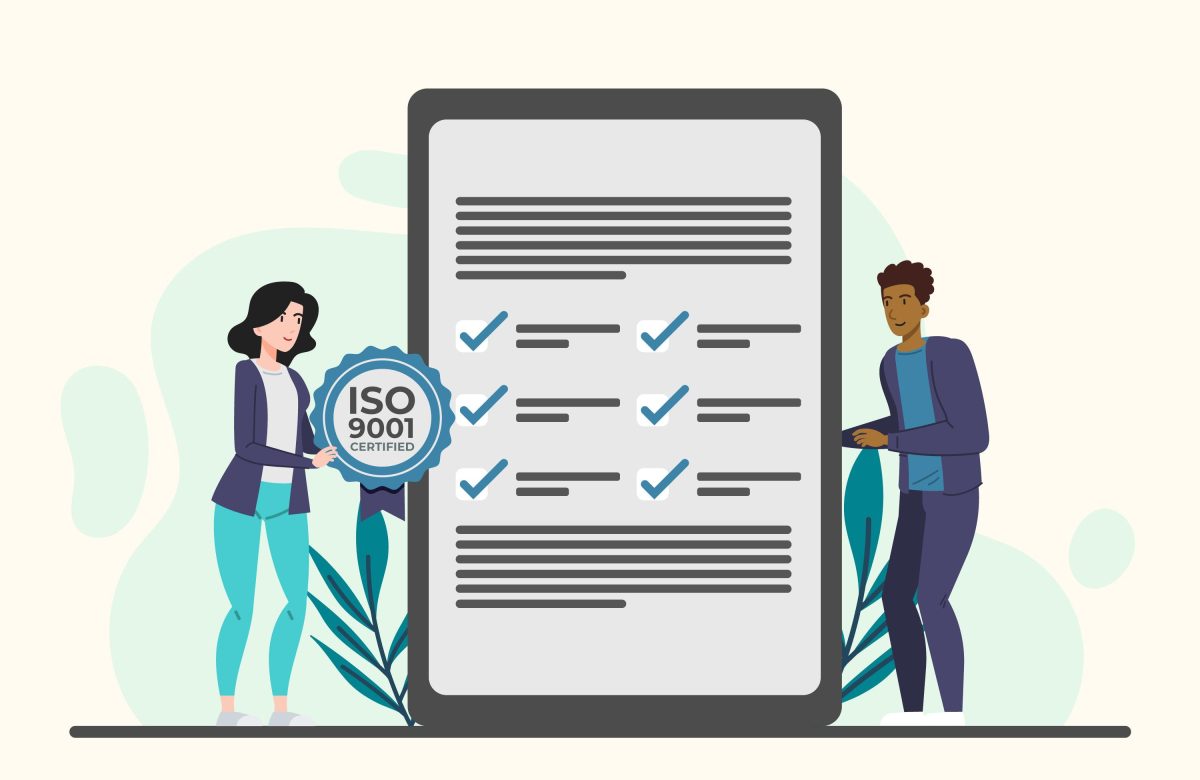How to create an effective lead-scoring strategy

In the dynamic world of marketing and sales, not all leads are created equal. An effective lead-scoring strategy is a compass that guides your efforts toward identifying and prioritizing the most promising prospects. By assigning a score to each lead based on their level of engagement, interests, and fit with your offerings, you can focus your resources where they matter most. In this blog, we’ll explore the intricacies of creating an impactful lead-scoring strategy that helps your team maximize efficiency, boost conversion rates, and drive business growth.
1. Understand the Basics of Lead Scoring
Lead scoring is a methodology that ranks potential leads based on their attributes and behaviors, quantifying their likelihood to convert into customers. This approach allows your marketing and sales teams to tailor their efforts to different lead segments, ensuring that valuable resources are allocated effectively.
2. Define Clear Lead Qualification Criteria
Before diving into lead scoring, establish clear qualification criteria. Work closely with your sales team to define what constitutes a “qualified lead” for your organization. This typically includes attributes like job title, industry, company size, and specific actions or behaviors indicating interest.
3. Map Out the Buyer’s Journey
Understanding the stages a lead goes through before becoming a customer is crucial. Map out the buyer’s journey, from initial awareness to consideration and decision-making. Assign different scores to various interactions or behaviors at each stage, reflecting the lead’s engagement level.
4. Identify Behavioral Triggers
Define key actions or behaviors that indicate a lead’s interest and engagement. These triggers can include downloading an e-book, signing up for a webinar, visiting specific product pages, or requesting a demo. Assign higher scores to actions that demonstrate strong intent and align with the buying cycle.
5. Assign Point Values
Assign point values to each lead’s attributes and behaviors, reflecting their level of engagement and fit with your ideal customer profile. Use a scale that makes sense for your organization; for instance, you might assign higher points to a decision-maker from a target industry who has requested a product demo.
6. Incorporate Explicit and Implicit Data
Lead scoring considers both explicit and implicit data. Explicit data includes information leads provide directly, such as job title and company size. Implicit data encompasses observed behaviors, like website visits and social media interactions. Both types of data contribute to a holistic lead score.
7. Collaborate with Sales Teams
Sales and marketing alignment is crucial for an effective lead-scoring strategy. Collaborate closely with your sales teams to ensure that the lead scoring criteria align with their expectations and processes. Regular feedback from sales helps refine and optimize the scoring model.
8. Implement a Scoring System
Create a clear and concise scoring system that outlines how points are assigned for different attributes and actions. This system should be easy for your teams to understand and apply consistently. Consider using a Customer Relationship Management (CRM) tool to automate the scoring process.
9. Set Thresholds for Qualification
Establish lead score thresholds that define when a lead is considered “marketing qualified” and “sales qualified.” Marketing qualified leads (MQLs) are prospects that meet a minimum score indicating strong interest, while sales qualified leads (SQLs) are those that meet additional criteria showing readiness for sales engagement.
10. Regularly Evaluate and Refine
A successful lead-scoring strategy is not static; it evolves with your business and market dynamics. Regularly evaluate the effectiveness of your scoring model by analyzing conversion rates, sales outcomes, and customer behavior. Adjust point values and criteria as needed to ensure accuracy.
11. Analyze Historical Data
Use historical data to fine-tune your lead-scoring strategy. Analyze the characteristics and behaviors of your past converted leads and customers to identify patterns. This analysis can help you refine your scoring model and ensure it accurately predicts conversion likelihood.
12. Implement a Feedback Loop
Establish a feedback loop between marketing and sales teams to continuously improve lead scoring. Regularly review the quality of leads passed to sales and gather insights on their conversion rates. This feedback loop fosters collaboration and helps identify areas for optimization.
Conclusion
An effective lead-scoring strategy empowers your marketing and sales teams to prioritize their efforts, focusing on leads with the highest potential to convert. By defining clear qualification criteria, mapping out the buyer’s journey, and assigning point values to behaviors and attributes, you can create a systematic approach that maximizes resource allocation and boosts conversion rates. Remember that a successful lead-scoring strategy is a dynamic process that requires continuous refinement, collaboration, and analysis to adapt to changing market dynamics and business goals.




